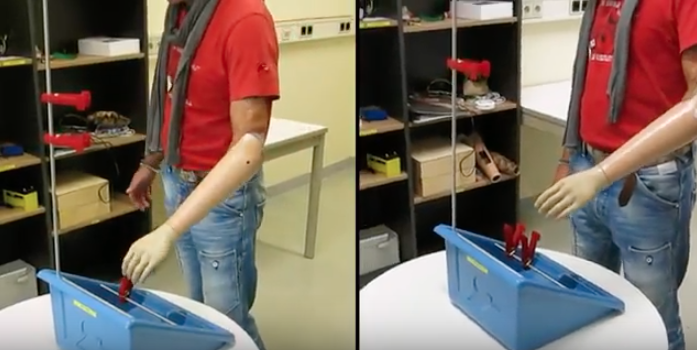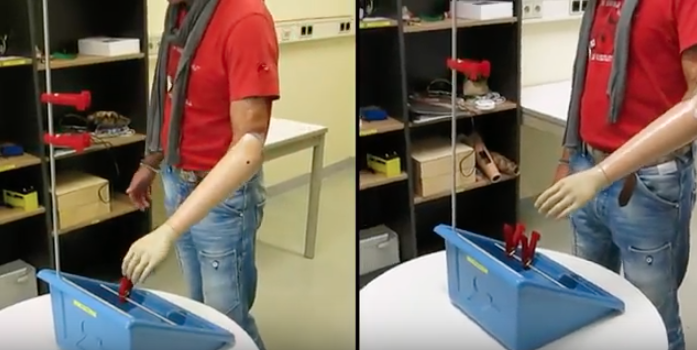The holy grail of the prosthetic device world is a device that acts just like a natural limb through the thought processes of its user.
These “smart” devices aren’t here yet, but researchers are hard at work, and some of what they’ve come up with is pretty amazing compared to where we were only a decade ago.
The latest advance that is helping prosthetic device manufacturers and researchers is machine learning.
Machine Learning: Teaching Computers How to Think and Learn
Machine learning uses artificial intelligence to teach a computer how to “learn” - or get to a point where it can do new functions without having to be programmed to do those specific tasks.
By using this process, researchers and developers can get a computer to learn, as they go, how to better utilize data inputs and convert them into outputs. Put another way, the computer learns how to take what it’s being given and turn it into an action - and each time they do this, the process gets faster and more efficient until the actions are natural.
Developing Prosthetic Devices with AI
What researchers are doing is taking machine learning concepts and using them to develop computers and sensors that can take signals from a patient’s brain via electrodes on their stump and convert them into commands to their electronic prosthetic devices - and get better and better until the movement is natural.
A video created by the Applied Surgical and Rehabilitation Technology Lab at the University Medical Center Göttingen in Germany shows how machine learning and AI helped create a prosthetic hand that is much more natural and smooth than the current models, which have slower, jerkier motions.
In the video, you can see a dramatic difference in performance as a user performs a simple task with the smart prosthetic hand versus current models without machine learning.
Technology is improving all the time. We talked previously about how researchers are developing prosthetic limbs that have the sensation of touch. By using machine learning and advanced sensors, developers can replicate touch and natural movement to create artificial limbs that one day will function virtually as well as our natural ones.
Contact us to learn more about prosthetic devices and let us share how we can help you live a normal and fulfilling live with your prosthetic limb.

